What are the Key Components of Adobe InDesign Training?
- Introduction to Interface and Basics: Participants are introduced to InDesign's user interface, tools, panels, and overall workspace organization. They become familiar with fundamental concepts such as creating new documents, saving projects, and navigating through the software.
- Document Creation and Setup: Trainees learn how to create documents from scratch or based on templates, setting up parameters like page size, orientation, margins, and bleed. They grasp the importance of choosing the right document settings for various output types, from print to digital.
- Typography and Text Formatting: Understanding typography is a core aspect. Training covers formatting text using options for fonts, sizes, kerning, leading, and tracking. Participants gain insights into paragraph and character styles for consistent text formatting throughout the document.
- Layout Design Principles: Participants delve into layout design principles, including grid systems, alignment, and hierarchy. They learn how to effectively organize content, create visually pleasing compositions, and balance text and imagery.
- Image Integration and Manipulation: Trainees explore the integration of images into layouts, including techniques for importing, resizing, cropping, and optimizing images. They learn about the importance of image resolution and the appropriate use of file formats.
- Color Management: Color theory and management are covered, including creating and using color swatches, gradients, and managing color consistency across various media. Participants also learn about the use of spot colors and color profiles for print projects.
- Master Pages and Templates: Understanding the use of master pages for consistent layout elements, headers, footers, and page numbering is essential. Trainees grasp how to create and apply templates for efficient project workflows.
- Styles and Libraries: Participants learn to create and apply paragraph and character styles for consistent formatting. They also explore the use of libraries to manage and reuse design assets across projects.
- Interactive Elements: For digital publishing, trainees learn to add interactive elements such as hyperlinks, bookmarks, buttons, and multimedia content to create engaging and dynamic digital documents.
- Export and Print Preparation: Trainees gain hands-on experience in exporting InDesign documents to various formats, including print-ready PDFs. They also understand the importance of preflight checks to ensure error-free output.
- Real-world Projects: Hands-on practice is crucial. Trainees work on real-world design projects, applying concepts learned and honing their skills under the guidance of instructors.
- Collaboration and Workflow: Understanding collaborative workflows, asset management, and integration with other Adobe Creative Cloud applications enhance trainees' efficiency and versatility in project execution.
- Advanced Techniques: Advanced topics such as liquid layout, scripting, and data merge are explored, enabling participants to tackle complex projects and unique design challenges.
- Portfolio Development: Participants have the opportunity to create a portfolio showcasing the skills they've acquired during training, which can be valuable for future career opportunities.
Who Needs Adobe InDesign Training?
Adobe InDesign training is essential for graphic designers, layout artists, marketing professionals, and anyone involved in print or digital publishing. It's beneficial for individuals aiming to create visually engaging materials like magazines, brochures, flyers, and eBooks. Businesses, advertising agencies, educational institutions, and publishing houses also benefit by equipping their teams with InDesign skills. Whether you're a design enthusiast, a marketing specialist, or part of a creative team, InDesign training enhances your ability to craft professional and impactful visual content.
What is Adobe InDesign Training Important?
- Professional Skill Development: InDesign is a complex tool with a multitude of features. Training ensures individuals can navigate the software effectively and use its tools to their full potential.
- Design Precision: Learning InDesign aids in precise layout creation, typography, and image manipulation, resulting in polished and visually appealing designs.
- Industry Relevance: InDesign is widely used in design, publishing, and advertising industries. Training ensures you're equipped with skills that are in demand in the job market.
- Efficiency and Productivity: Proficiency in InDesign streamlines design workflows, reducing project turnaround time and increasing productivity.
- Consistency: Training covers style and template usage, leading to consistent branding and design across various projects.
- Print and Digital Output: InDesign's versatility allows for both print and digital publication. Training ensures you can produce content suitable for both mediums.
- Interactive Content: InDesign's capabilities extend to creating interactive PDFs and digital publications. Training enables the creation of engaging and interactive content.
- Design Adaptability: InDesign's tools like Liquid Layout and Alternate Layouts enable design adaptation for different formats and devices, a crucial skill in today's multi-platform world.
- Collaboration: Understanding InDesign's collaborative features enhances team efficiency, as multiple users can work on the same document simultaneously.
- Career Advancement: Proficiency in InDesign can open up opportunities for roles in graphic design, layout design, publishing, and other related fields.
- Personal Projects: InDesign training is valuable for individuals pursuing personal projects like self-publishing, creating portfolios, or designing event materials.
- Problem Solving: Training equips you with troubleshooting skills to address common issues that arise during the design process.
- Portfolio Development: InDesign skills are essential for building a diverse and impressive design portfolio, showcasing your abilities to potential clients or employers.
- Adoption of New Features: Regular training keeps you updated with new features, ensuring you can leverage the latest tools for your projects.
- Multimedia Integration: InDesign enables integration of multimedia elements. Training empowers you to create enriched content incorporating audio, video, and animations.
Adobe InDesign Career Opportunities
- Graphic Designer: Graphic designers use InDesign to create visually appealing layouts for print and digital media, including advertisements, brochures, posters, and packaging designs.
- Layout Artist: Layout artists specialize in arranging text and images in visually pleasing compositions, commonly found in magazines, newspapers, books, and other publications.
- Art Director: Art directors oversee the visual elements of projects, collaborating with designers to ensure consistent branding and impactful design choices across various media.
- Publication Designer: Publication designers focus on creating engaging layouts for books, magazines, newspapers, and digital publications, making use of InDesign's precise typography and layout tools.
- Digital Content Creator: In the digital realm, content creators use InDesign to design eBooks, interactive PDFs, web graphics, and other online materials that captivate and engage audiences.
- Marketing Coordinator: Marketing professionals use InDesign to create visually compelling marketing materials, including brochures, flyers, banners, and presentations.
- Print Production Specialist: InDesign skills are crucial for professionals responsible for preparing print-ready files, ensuring that designs meet technical requirements for various printing methods.
- Web Designer: While primarily a layout tool, InDesign's output can be used in web design prototypes, enabling designers to plan the structure and content of websites before development.
- Brand Manager: Brand managers use InDesign to maintain brand consistency across marketing collateral, ensuring that design elements adhere to brand guidelines.
- Freelance Designer: InDesign proficiency empowers freelance designers to take on a diverse range of projects, from creating event materials to assisting businesses with their design needs.
- Educator/Trainer: InDesign experts can teach others through workshops, courses, or online tutorials, sharing their knowledge and expertise with aspiring designers.
- Desktop Publisher: Desktop publishers utilize InDesign to create documents for printing or digital distribution, working on projects such as newsletters, catalogs, and technical manuals.
- UI/UX Designer: In some cases, UI/UX designers use InDesign to create wireframes and prototypes for user interfaces, especially for applications that have print or interactive components.
- Event Coordinator: InDesign skills are beneficial for event coordinators who need to design invitations, programs, and promotional materials for events.
- Self-Publishing Author: Authors who self-publish books can use InDesign to format and design their manuscripts, ensuring a professional and visually pleasing final product.
Conclusion
Adobe InDesign training is a transformative endeavor that empowers individuals with the proficiency to craft captivating visual content for print and digital media. This training equips learners with the technical skills and creative insights required to navigate the software's complexities, resulting in polished layouts, interactive documents, and seamless collaborations. With its widespread applicability across design, publishing, marketing, and various industries, InDesign training becomes an invaluable asset for career growth and creative expression in today's dynamic professional landscape.

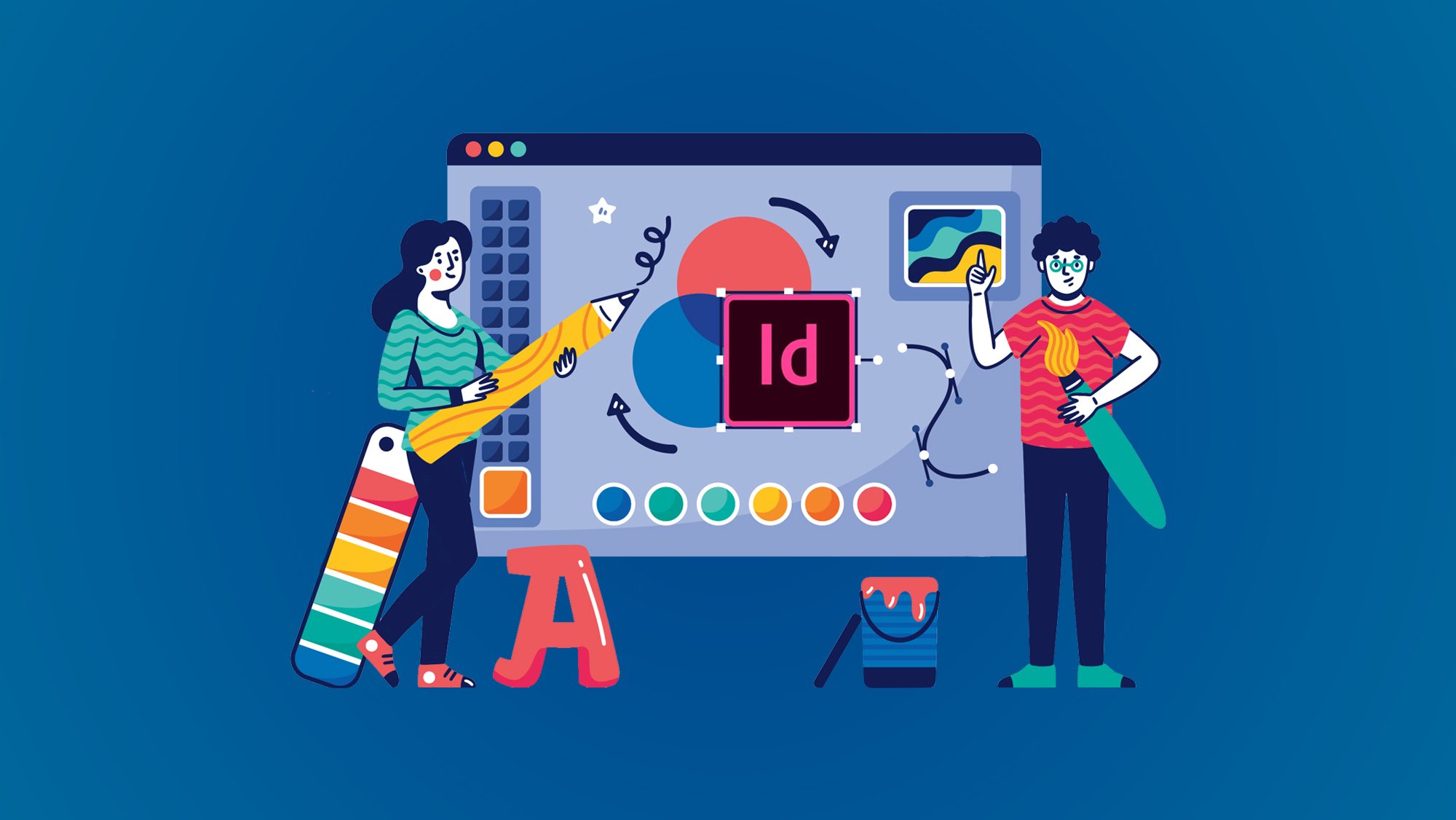
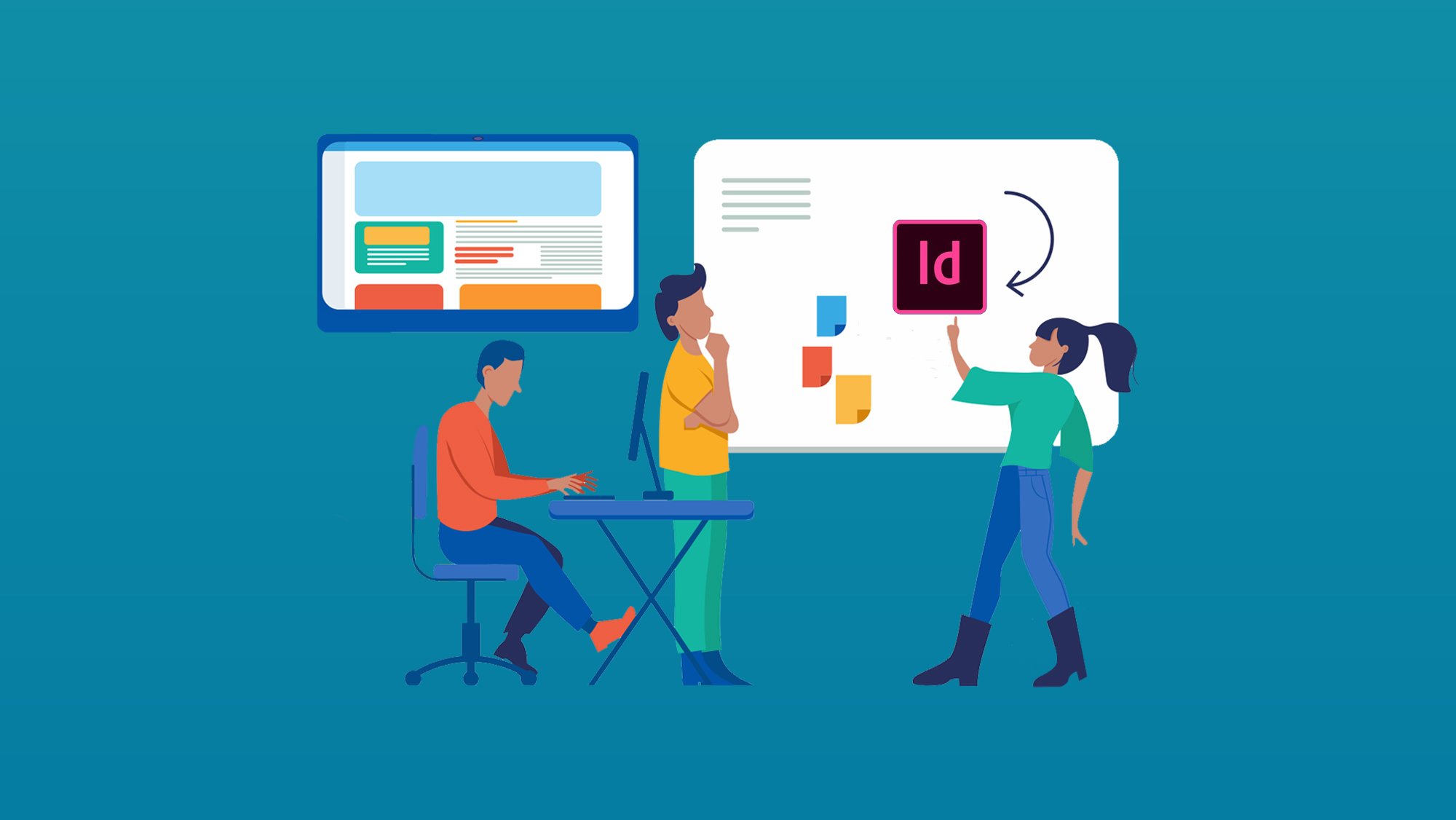
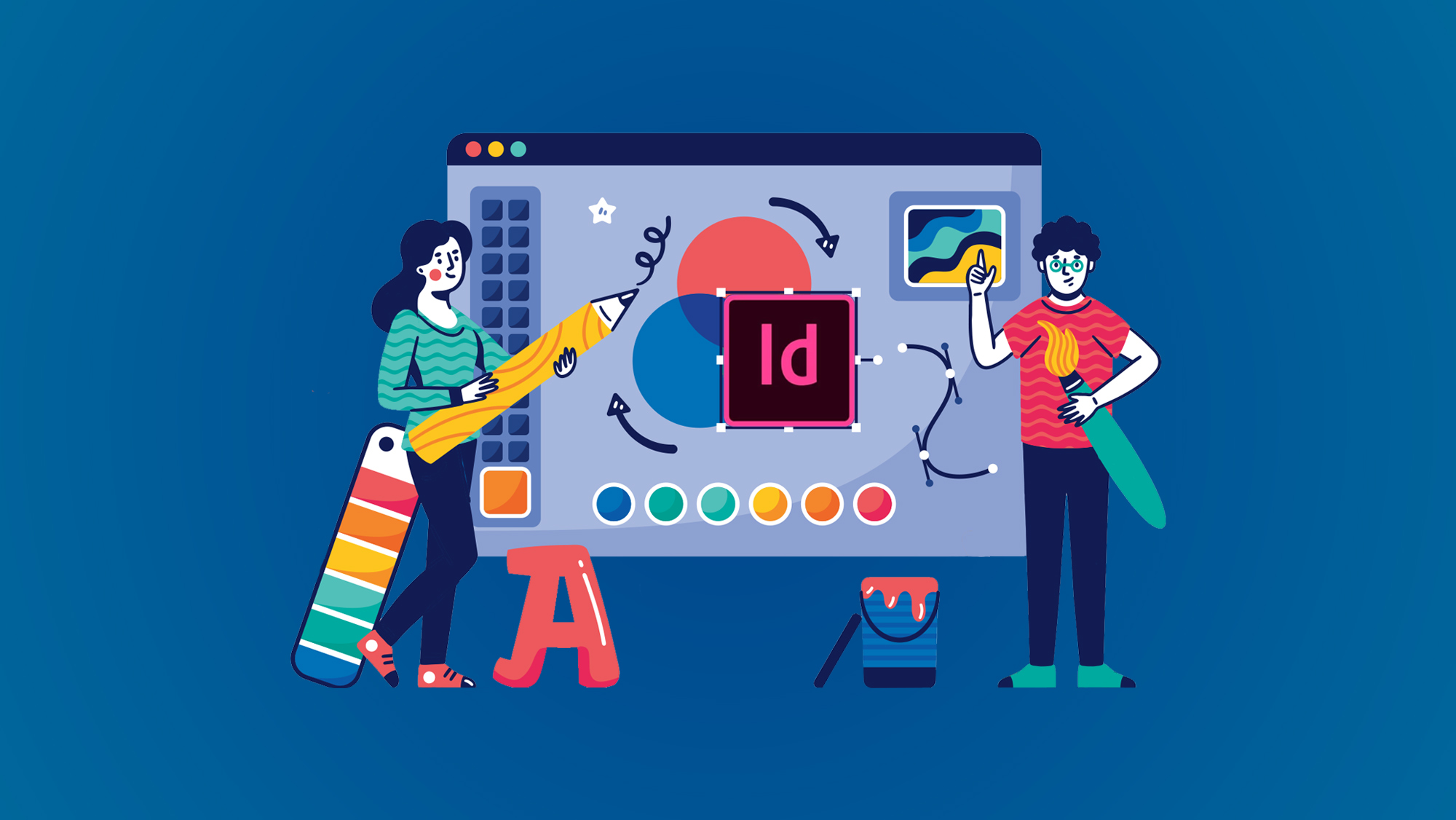
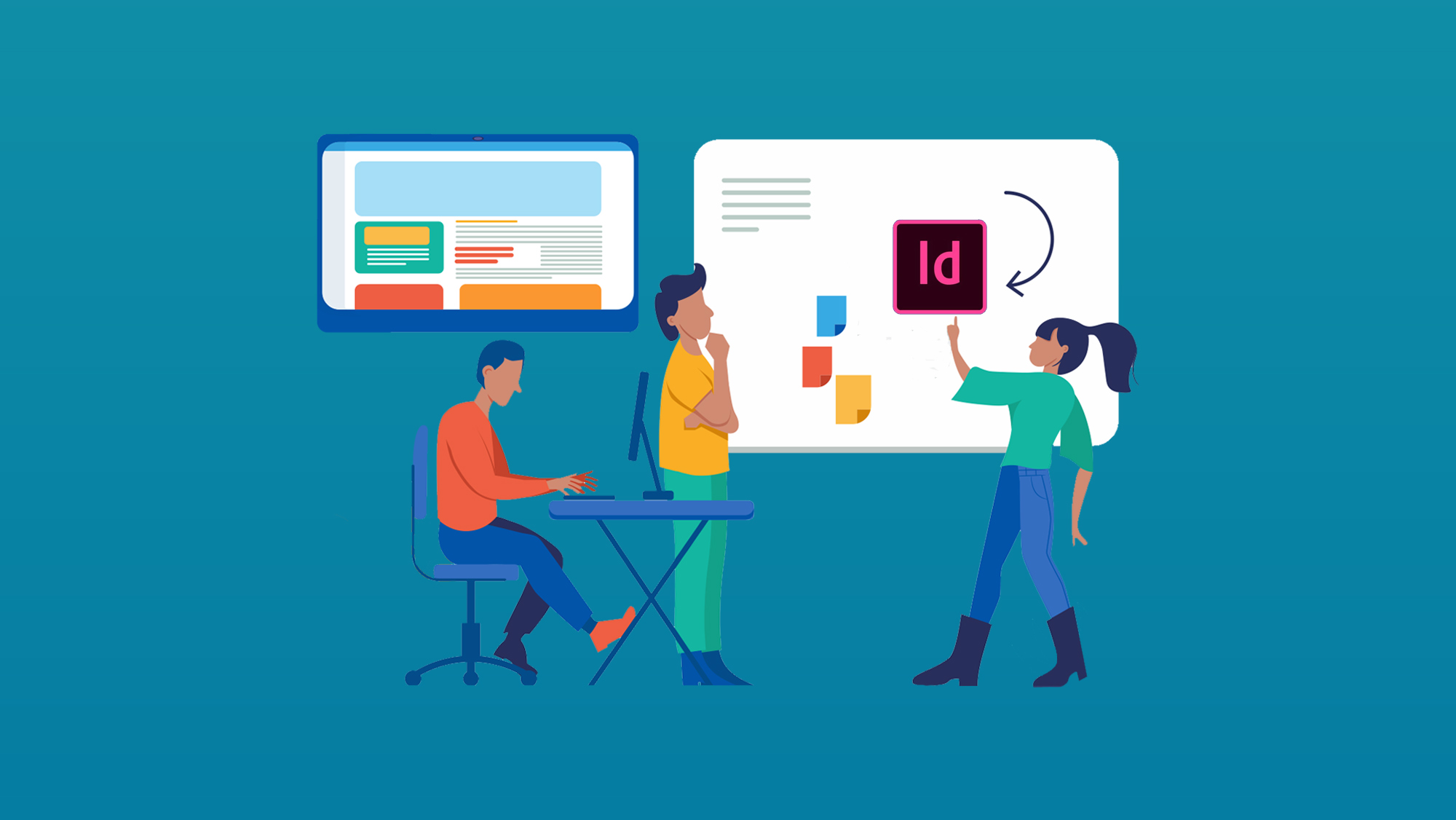
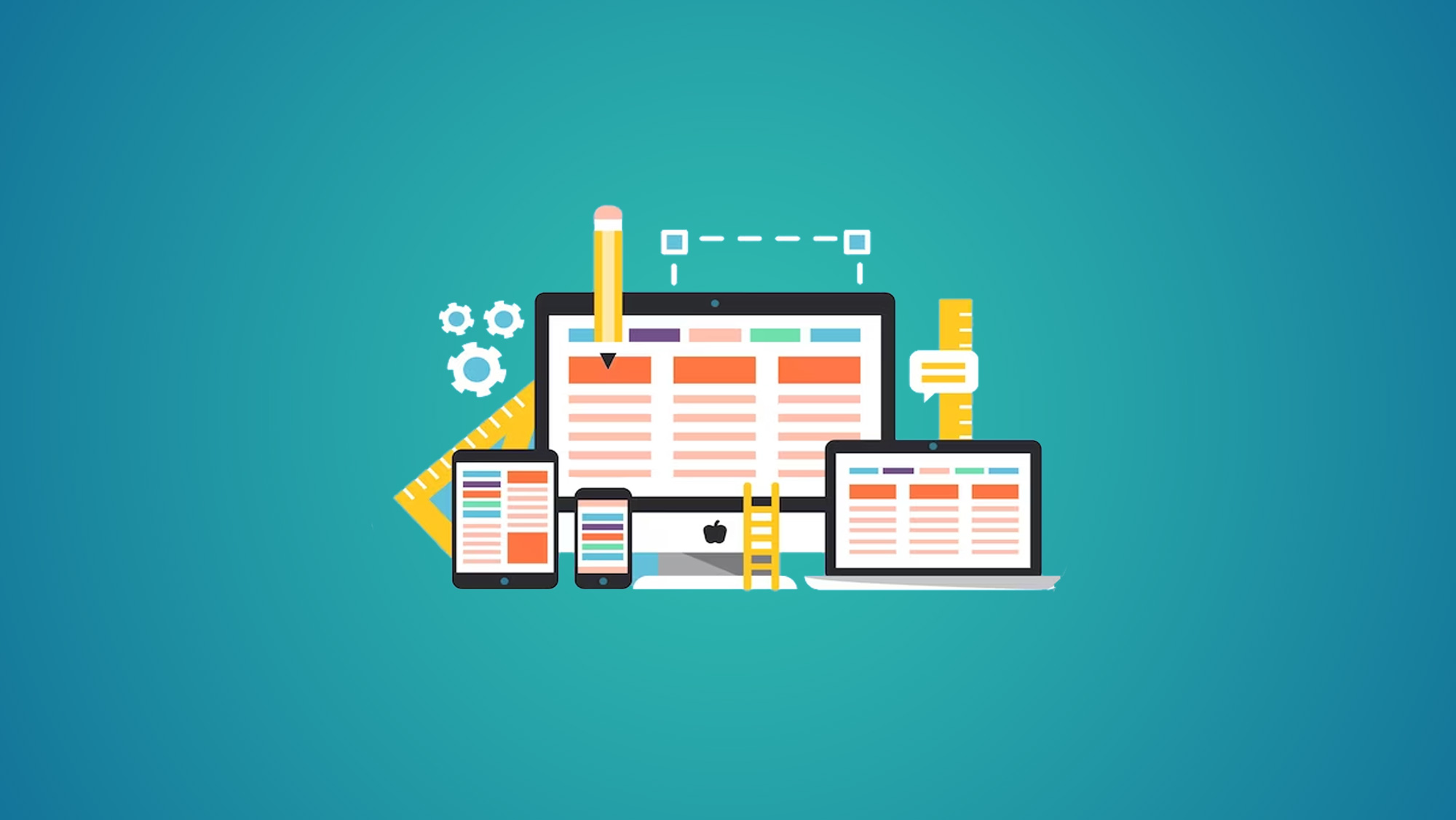
No Comments Yet
Let us know what you think